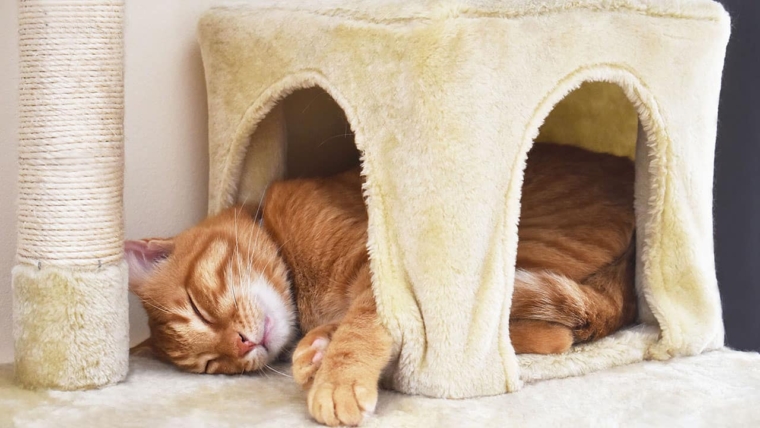
Cats are known for their mysterious and enigmatic nature. As pet owners, we often find ourselves captivated by their independent yet affectionate demeanor. But have you ever wondered what your cat is trying to communicate through their body language? Understanding feline body language is key to deciphering their emotions, needs, and desires. In this comprehensive guide, we will delve into the world of cat behavior, unveiling the hidden meanings behind their subtle cues, tail movements, and facial expressions. By decoding their body language, you can foster a deeper connection with your beloved feline friend.
Tail Talk
The tail is a crucial tool in a cat’s communication repertoire. It serves as a visual barometer of their emotions. When your cat’s tail is relaxed and held upright, it indicates contentment and a friendly disposition. A puffed-up or bristled tail, on the other hand, signals agitation or fear. Understanding the various tail positions and movements will provide valuable insights into your cat’s mood and help you respond appropriately.
Ears Speak Louder
A cat’s ears are highly expressive and can provide valuable clues about their feelings. When their ears are forward and upright, it signifies attentiveness and curiosity. Sideways or flattened ears indicate fear or anxiety. By paying attention to your cat’s ear positions, you can gauge their comfort level and adjust their environment accordingly to make them feel safe and secure.
Eyes: Windows to the Feline Soul
The eyes are often considered the mirror of the soul, and this holds true for our feline companions as well. Cat eyes are particularly captivating, and they can convey a wide range of emotions. Dilated pupils can indicate excitement, fear, or aggression, while half-closed eyes reflect relaxation and trust. Paying attention to your cat’s eye expressions will help you understand their emotional state and respond accordingly.
Whisker Wisdom
Whiskers are more than just cute adornments on a cat’s face; they play a vital role in their sensory perception. These specialized hairs are incredibly sensitive and help cats navigate their surroundings. If your cat’s whiskers are relaxed and extended outward, it suggests contentment. However, if their whiskers are pulled back tightly against their face, it might indicate fear or discomfort. Understanding whisker behavior will give you valuable insights into your cat’s well-being.
Vocalization Clues
While body language is essential, vocalizations also play a crucial role in cat communication. Cats use a variety of sounds to express their needs and emotions. A gentle purr usually signifies contentment, while a high-pitched meow may indicate a desire for attention or food. Hissing and growling are signs of fear or aggression. Paying attention to vocal cues will help you interpret your cat’s intentions and respond appropriately.
Putting It All Together
Understanding feline body language is a puzzle that requires observing and interpreting various cues simultaneously. By combining the knowledge gained from tail movements, ear positions, eye expressions, whisker behavior, and vocalizations, you can develop a comprehensive understanding of your cat’s overall body language. This holistic approach will enable you to respond to your cat’s needs effectively and strengthen the bond between you and your feline companion.
Conclusion
Understanding feline body language is the key to unlocking the mysteries behind your cat’s behavior. By decoding their tail movements, ear positions, eye expressions, whisker behavior, and vocalizations, you’ll forge a stronger bond with your feline companion. So, embrace the fascinating world of feline body language and watch your connection with your cat thrive.


